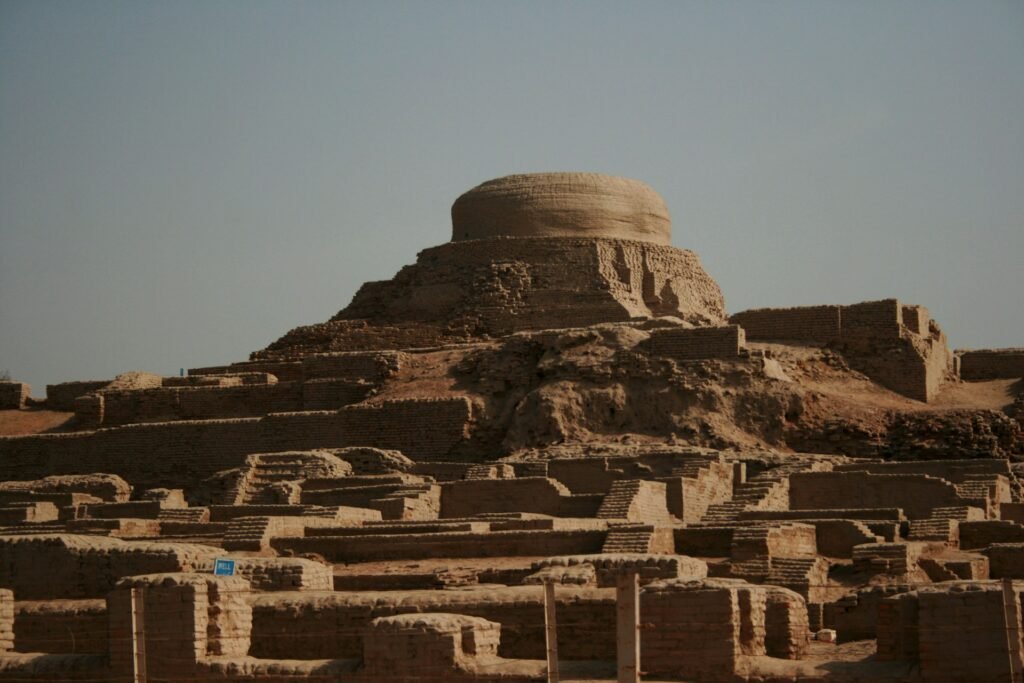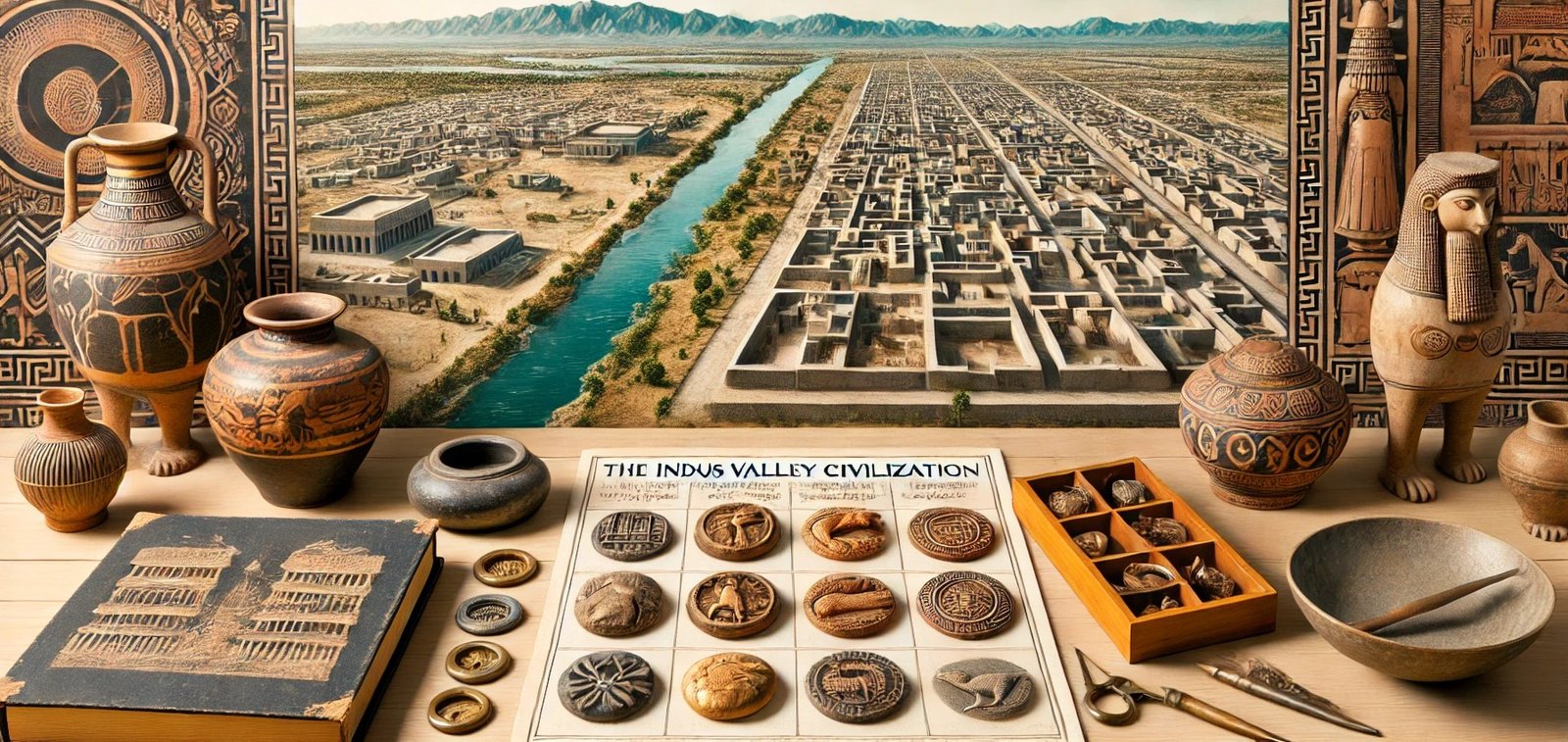Table of Contents
The world’s first urban culture, the Indus Valley Civilization, developed in what is now Pakistan and northwestern India along with Afghanistan. There can be no doubt that despite the mysteries left by an undeciphered script, much of this ancient civilization’s influences have penetrated our modern world. From city planning and waste management to commerce and social organization, the Indus Valley Civilization created the basis for all areas of life that we know today.
Trade and Commerce
The Indus Valley Civilization was a commercial hub. Artifacts from distant lands suggest that the Indus Valley sites were part of a huge network connecting other regions in South Asia to Central Asia. It suggests complex knowledge of commerce, trade routes, currencies and economic systems in general. A uniform system of weights was used to weigh these goods, which indicative a complete measurement and commercial culture among the Indus peoples.
The Indus Valley civilization has established the foundation of trade, which in turn gave birth to world commerce. Market economies, international trade and the adoption of uniform weights and measures were all at least partially traced back to older eastern civilizations. This is visible in the complicated trade networks perhaps even within our contemporary economy, as seems like a legacy directly derived from Indus Valley.
Society Structure and Planning
Thus, the specific social structure of Indus Valley Civilization is largely unknown, although however the archaeological record suggests that it can be defined as a complex and organized society. The existence of granaries, public baths, and planned cities deeply implies some level of social planning and collaboration. Indus Valley civilization people has a great collective sense of living together as they also have shared infrastructure and public places. Many present-day societies are characterized by this focus on community and social good. The idea of public spaces, social housing and welfare programs can be seen rooted back in the ethos of Indian civilization – Indus valley. From this, arises the premise of society – one that looks after its common man; a principle which is still forming our world.
Environmental Consciousness
Recent studies suggest that the Indus Valley Civilization was remarkably environmentally conscious. Evidence of sustainable agricultural practices, water management systems, and conservation efforts has been found. The people of this civilization seemed to have a deep understanding of the importance of ecological balance.
In a world grappling with climate change and environmental degradation, the Indus Valley Civilization offers valuable lessons. The emphasis on sustainable practices, water conservation, and coexistence with nature is more relevant than ever. The legacy of this ancient civilization inspires us to adopt eco-friendly approaches and protect our planet for future generations.
Conclusion
The Indus Valley Civilization, though shrouded in mystery, has left an indelible mark on human history. Its contributions to urban planning, architecture, trade, societal structure and environmental consciousness continue to shape our world. By studying and appreciating the achievements of this ancient civilization, we gain a deeper understanding of our own roots and the challenges we face today. The Indus Valley Civilization is a testament to human ingenuity and resilience. Its legacy serves as a reminder that even in the face of adversity, societies can thrive and leave a lasting impact on the world.
Would you like to focus on a specific aspect of the Indus Valley Civilization for a deeper dive?






